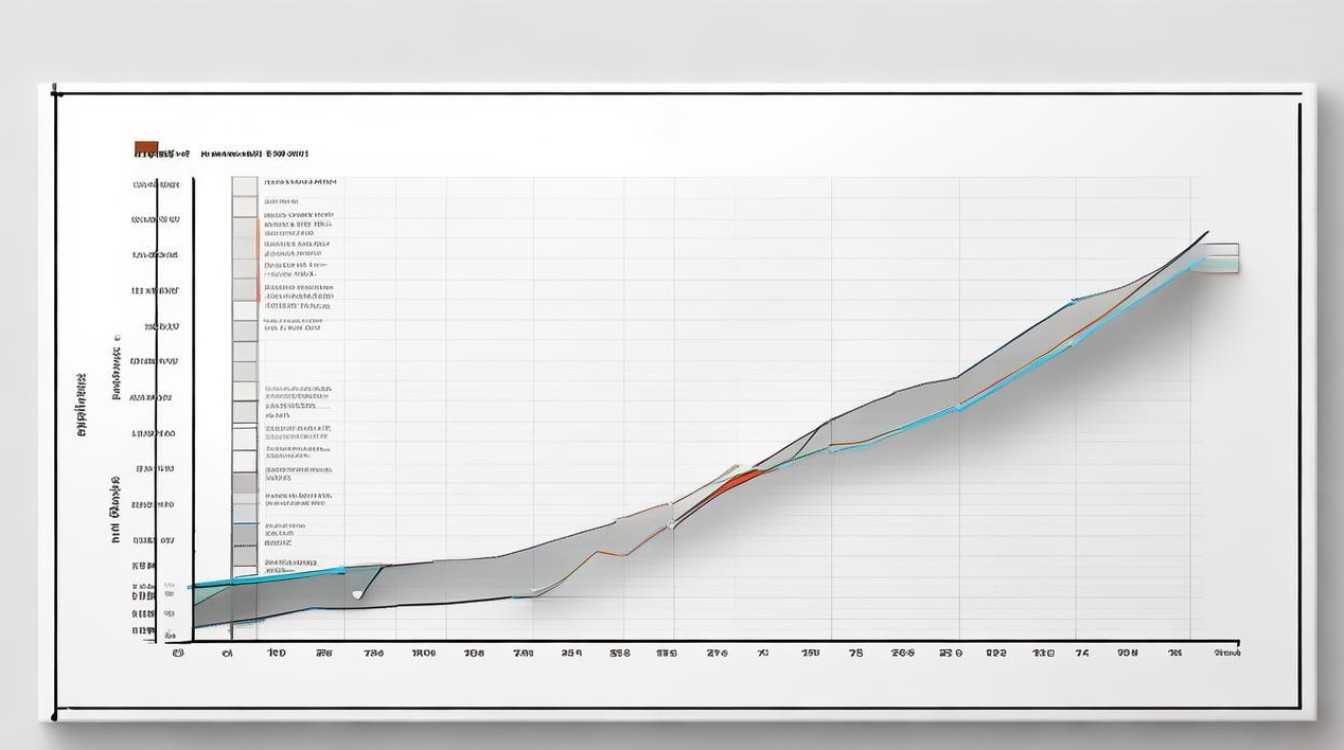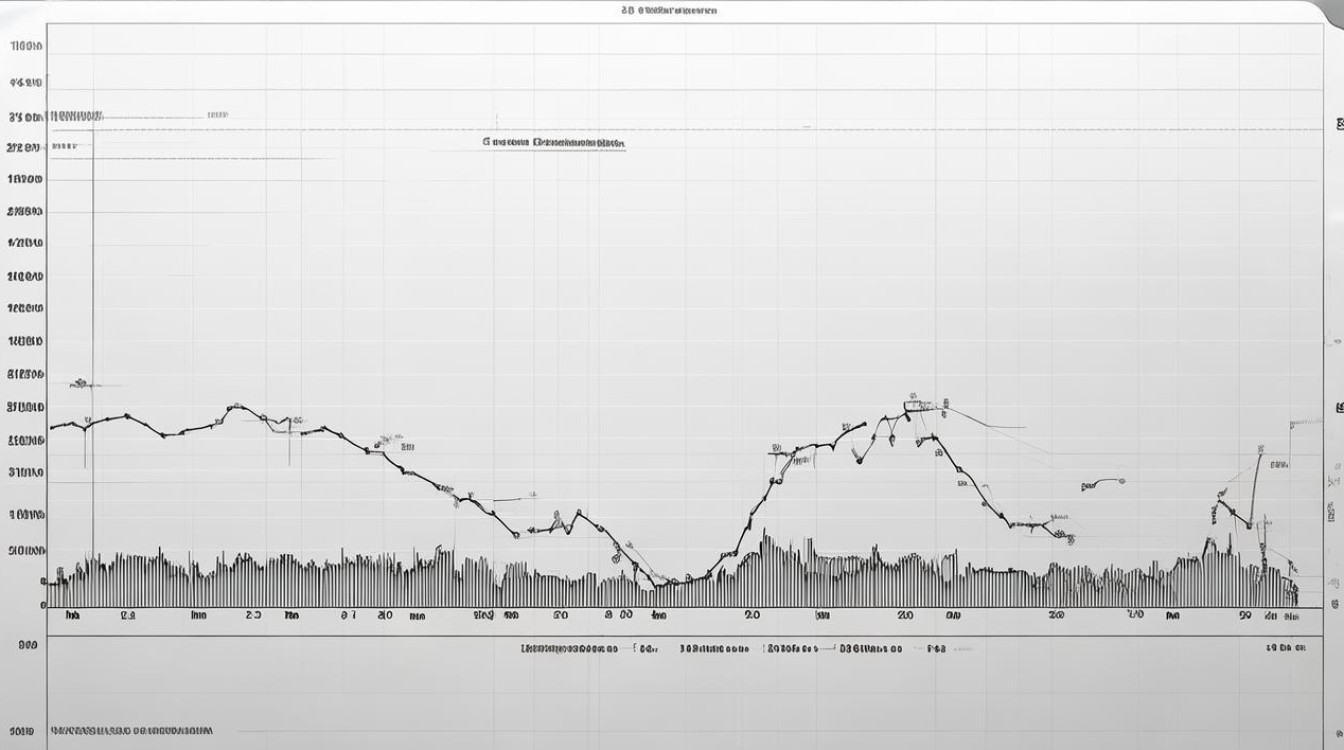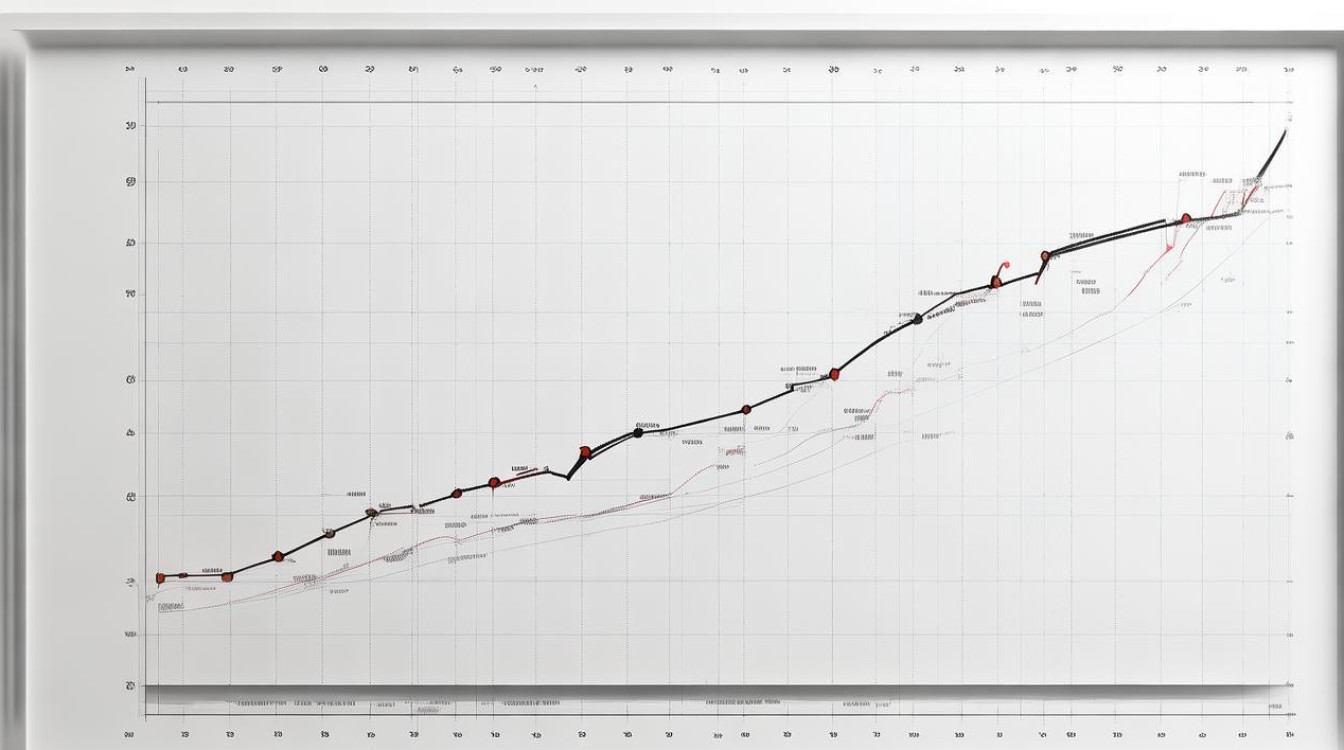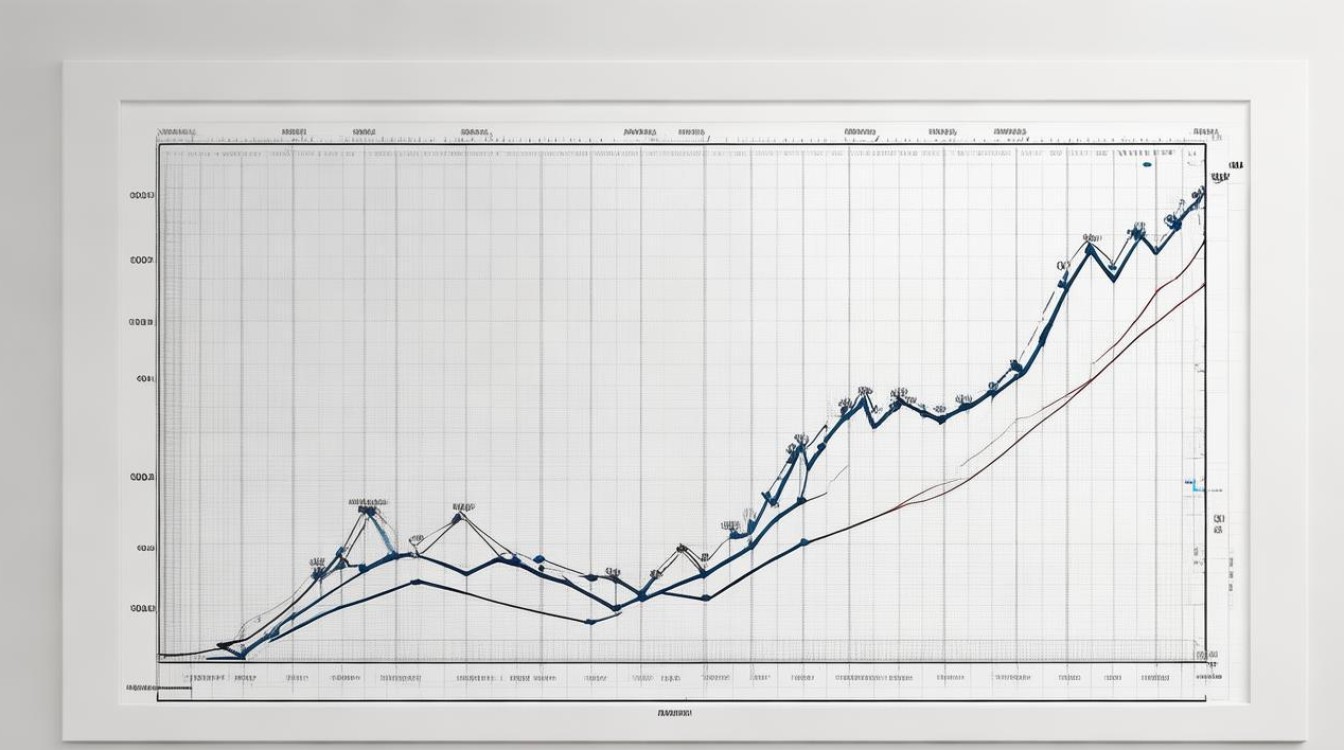Line graphs are a powerful tool for presenting data trends clearly and effectively. Whether you're preparing for an English exam, writing a research paper, or analyzing business performance, understanding how to describe line graphs accurately is essential. This guide will help you master the language and structure needed to write compelling descriptions of line graphs in English.

Understanding Line Graphs
A line graph displays data points connected by straight lines, showing how values change over time or under different conditions. The horizontal axis (X-axis) typically represents time or categories, while the vertical axis (Y-axis) shows measured values. Key elements include:
Summarizes the graph’s purpose.
- Axes Labels: Indicate what each axis measures.
- Legend: Explains different lines if multiple datasets are shown.
- Data Points: Specific values plotted on the graph.
Recognizing these components allows you to interpret and describe trends accurately.
Essential Vocabulary for Describing Trends
To write fluently about line graphs, you need precise vocabulary for upward, downward, and stable movements.
Upward Trends
- Increase: Sales increased steadily from January to March.
- Rise: The temperature rose sharply in the afternoon.
- Climb: Profits climbed gradually over the decade.
- Surge: Demand surged unexpectedly during the holiday season.
Downward Trends
- Decrease: Enrollment decreased slightly after the policy change.
- Fall: Prices fell dramatically during the recession.
- Decline: Production declined steadily over the years.
- Plummet: Stock values plummeted after the scandal.
Stability and Fluctuation
- Stabilize: The unemployment rate stabilized in 2020.
- Remain steady: Customer satisfaction remained steady throughout the year.
- Fluctuate: Oil prices fluctuated wildly due to market uncertainty.
Rate of Change
- Rapidly/Slowly: The population grew rapidly in urban areas.
- Sharply/Gradually: Interest rates dropped sharply in Q3.
- Significantly/Marginally: Exports improved significantly after the trade deal.
Structuring Your Description
A well-organized description helps readers follow the data logically. Follow this structure:
Introduction
Start by stating the graph’s purpose. Mention the time period and key variables.

Example:
"The line graph illustrates changes in global smartphone sales between 2015 and 2025, based on market research data."
Overview
Summarize the main trends without detailing every fluctuation. Highlight the most significant changes.
Example:
"Overall, smartphone sales showed consistent growth, peaking in 2021 before experiencing a slight decline. Emerging markets drove much of the upward trend."
Detailed Analysis
Break down the graph into logical segments (e.g., time periods or categories). Use comparative language to describe relationships between data points.
Example:
"From 2015 to 2018, sales rose steadily at an annual rate of 8%. However, growth accelerated in 2019, with a 15% surge due to new model releases. After 2021, demand plateaued as market saturation became evident."

Comparisons (if applicable)
When multiple lines are present, compare their trajectories.
Example:
"While Brand A maintained steady growth, Brand B saw erratic fluctuations, particularly in 2020 when supply chain disruptions affected production."
Grammar and Sentence Structures
Using varied sentence structures enhances readability. Key patterns include:
Adjective + Noun Combinations
- A sharp increase
- A gradual decline
- A significant rise
Verb + Adverb Combinations
- Increased steadily
- Fell dramatically
- Recovered quickly
Prepositions for Time and Value
- From 2010 to 2020
- At 50% in June
- By 10% each year
Comparisons
- Higher than / Lower than
- Similar to / Different from
- The most dramatic change occurred in…
Common Mistakes to Avoid
- Overloading with Data: Focus on key trends, not every minor change.
- Ignoring the Time Frame: Always reference specific periods.
- Misinterpreting Axes: Ensure units (e.g., millions, percentages) are correctly stated.
- Repetitive Language: Use synonyms to avoid monotony.
Practical Example
Graph Title: "Average Monthly Temperatures in London and Sydney (2023)"
Introduction:
"The line graph compares the average monthly temperatures in London and Sydney throughout 2023, measured in degrees Celsius."

Overview:
"Overall, Sydney experienced higher temperatures than London, with peaks during summer months. London’s climate remained milder but showed greater seasonal variation."
Detailed Analysis:
"In January, Sydney’s average temperature was 26°C, nearly double London’s 5°C. Both cities saw rising temperatures until March, when Sydney reached 28°C and London climbed to 10°C. By July, London peaked at 22°C, while Sydney dropped to 15°C, reflecting opposite seasonal patterns."
Final Thoughts
Mastering line graph descriptions requires practice. Start by analyzing real-world graphs from news articles or academic journals. Pay attention to how professionals articulate trends, and incorporate their techniques into your writing. Over time, you’ll develop the ability to convey complex data with clarity and precision.
By refining your vocabulary, structure, and analytical approach, you can turn raw data into compelling narratives that engage and inform your audience. Whether for exams, reports, or presentations, these skills will set your English writing apart.

